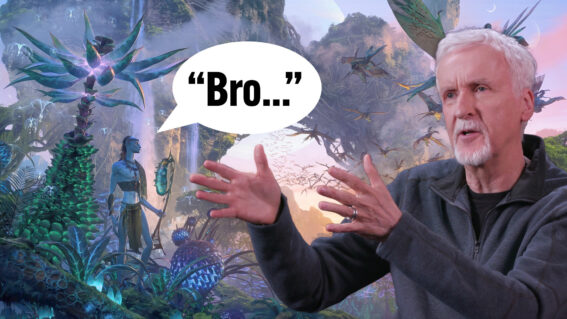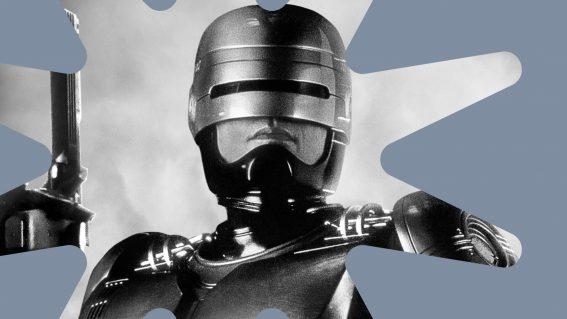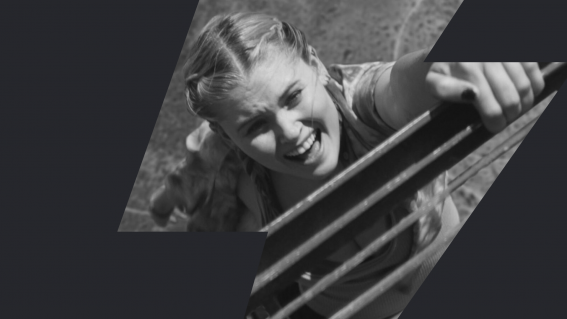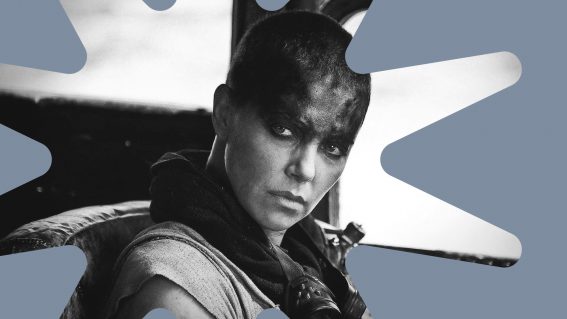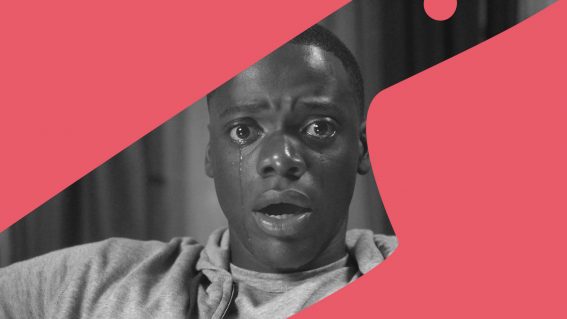New season of The Rings of Power gets into juicier parts of an unexplored story
The table setting is done; it’s time to wallow in the nitty gritty.
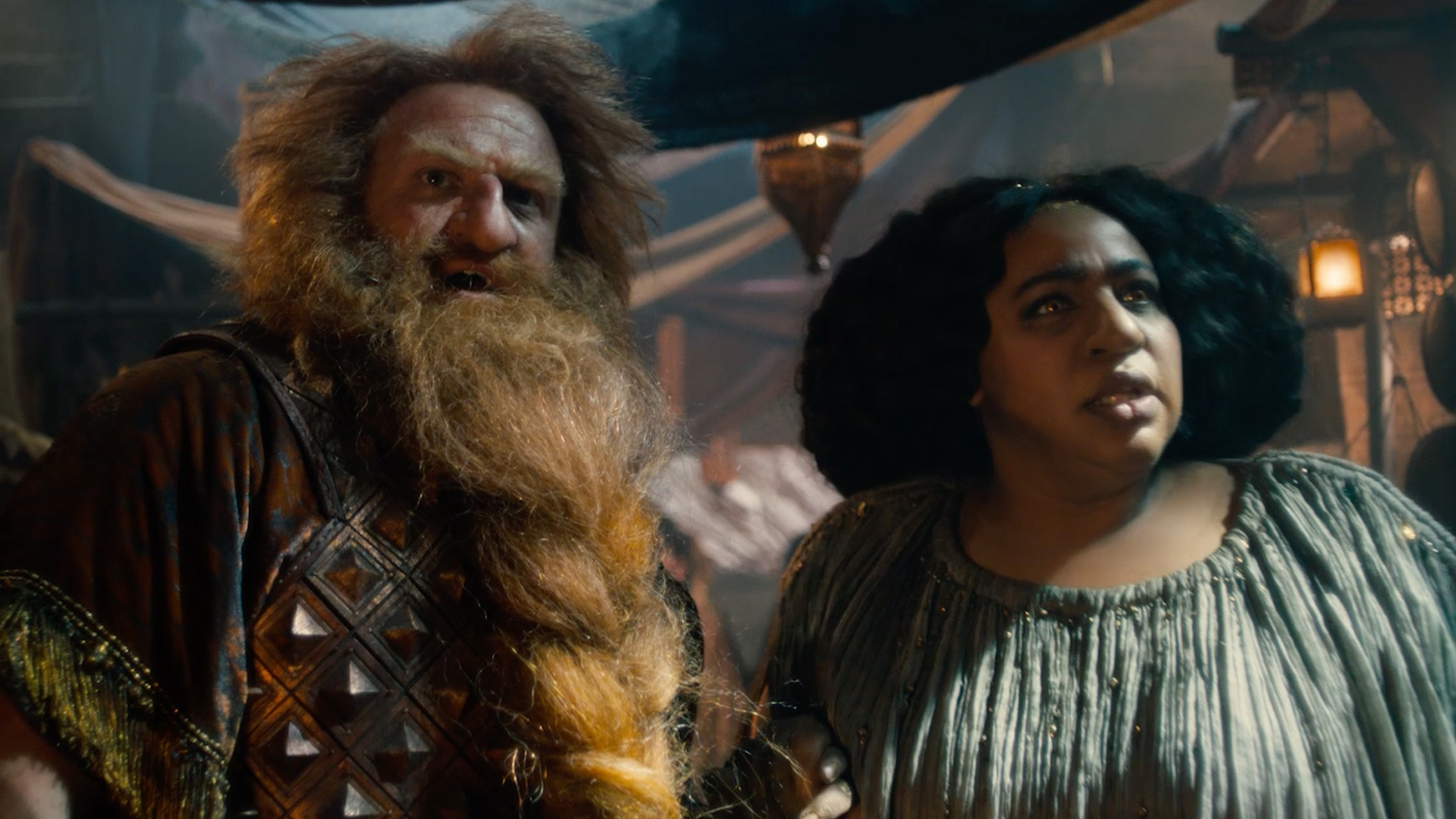

Prepare to return to Middle-earth with The Lord of the Rings: The Rings of Power – streaming on Prime Video from August 29. Dominic Corry takes in the opening three episodes of the scaled up second season.
(Yes, this piece contains a bunch of season one and two spoilers.)
Well this is a little more like it.
After (understandably, in retrospect) setting out on a five-season journey on a somewhat ponderous note, The Rings of Power wastes no time in demonstrating its grander dramatic intentions for season two.
The season opens with a flashback to the beginning of the Second Age, after Morgoth’s defeat, when his lieutenant Sauron (here played by Jack Lowden from Dunkirk and Slow Horses) attempts to claim leadership of Morgoth’s orc hordes.
But orc leader Adar (Sam Hazeldine) instead leads the orcs to destroy Sauron, showing Adar had good reason to believe he had killed him, a claim he made in season one.
But it’s what came next that really got my blood pumping. In a phenomenal sequence that ranks amongst the franchise’s most iconic moments, the murdered Sauron’s essence drips (oozes) down into the mountain to recuperate in a dark puddle. Dark puddles play such key roles in this story. Regenerating centuries later (but still oozy), it flops its way out of the mountain, eventually encounters a person, and takes the form of Charlie Vickers, leading up to his first encounter with Galadriel (Morfydd Clark) in season one.
The sequence immediately sets a darker tone for the season and demonstrates that we are now getting into the juicier parts of the unexplored aspects of this story. The table setting is done; it’s time to wallow in the nitty gritty.
Back in the “present” (in the middle of the Second Age, an era bookended by the defeat of Morgoth and the battle between the Last Alliance of Elves and Men and Sauron 3500 years later, an event depicted in the opening of Fellowship), there is disagreement over what to do with the three Elven rings forged by Lord Celebrimbor (Charles Edwards) in partnership with a man Galadriel has since discovered is Sauron. Celebrimbor doesn’t know that yet, he’s more concerned about the reception to his rings.
Elrond (Robert Aramayo) believes that Sauron’s proximity to the creation of the rings means they should be destroyed, but pretty much everyone else, including Galadriel, believes the rings’ power needs to be harnessed to fight Sauron. I guess they never saw the Jackson films.
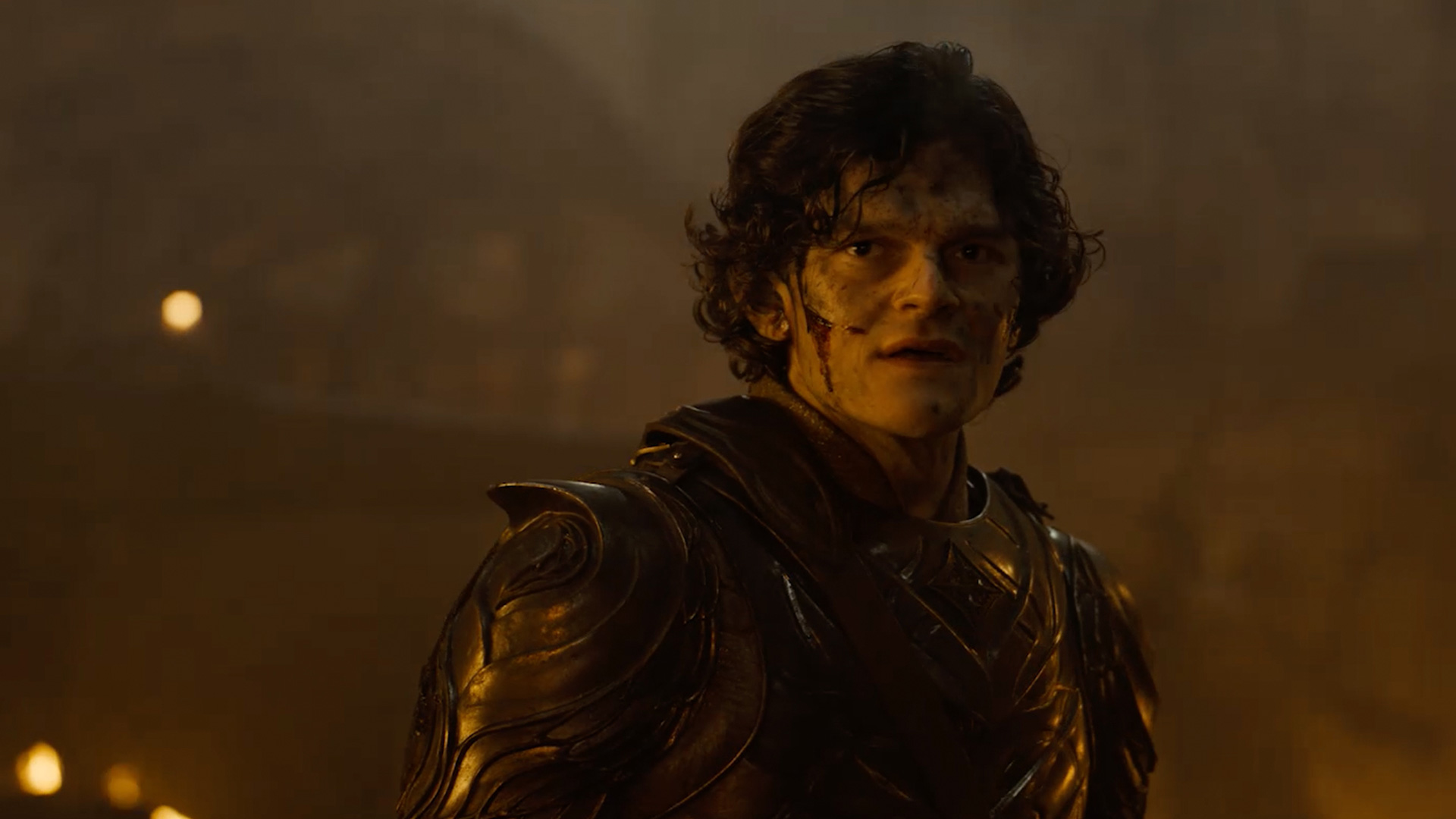
Despite Elrond’s best efforts, the rings are indeed wielded, but Sauron isn’t done with his Michael Hill phase yet, and tricks his way back into Celebrimbor’s forge in Eregion, exploiting the Elven smith’s pride over his work. He’s so blinded by his desire for glory that Celebrimbor actually believes Sauron when he changes shape and claims to be an elven emissary sent to guide him. So now we get the oft-referred-to ‘Annatar’ version of Sauron, and Charlie Vickers looks the part as an elf too.
After setting him up as a potential Sauron last season, the show continues to thus far credit Daniel Weyman’s character as ‘The Stranger’ despite him being Young Gandalf in all but name. Weyman couldn’t be leaning harder into the Ian McKellanisms, and it’s kind of fun I suppose. The reveal of a gloriously-styled Ciaran Hands as a mysterious dark wizard attempting to capture Young Gandy was definitely heaps of fun. He looks like he’s straight out of a ’70s Hammer horror film and brings a welcome off-kilter sinister quality.
Over in Khazad-dûm/the Mines of Moria, it turns out that Mt Doom firing up at the end of the last season is causing the dwarf equivalent of fracking, and the mountain is so unstable they’ve lost the ability to ply their trade. Dwarves in a desperate situation like that are likely to be amenable to the concept of some power rings…
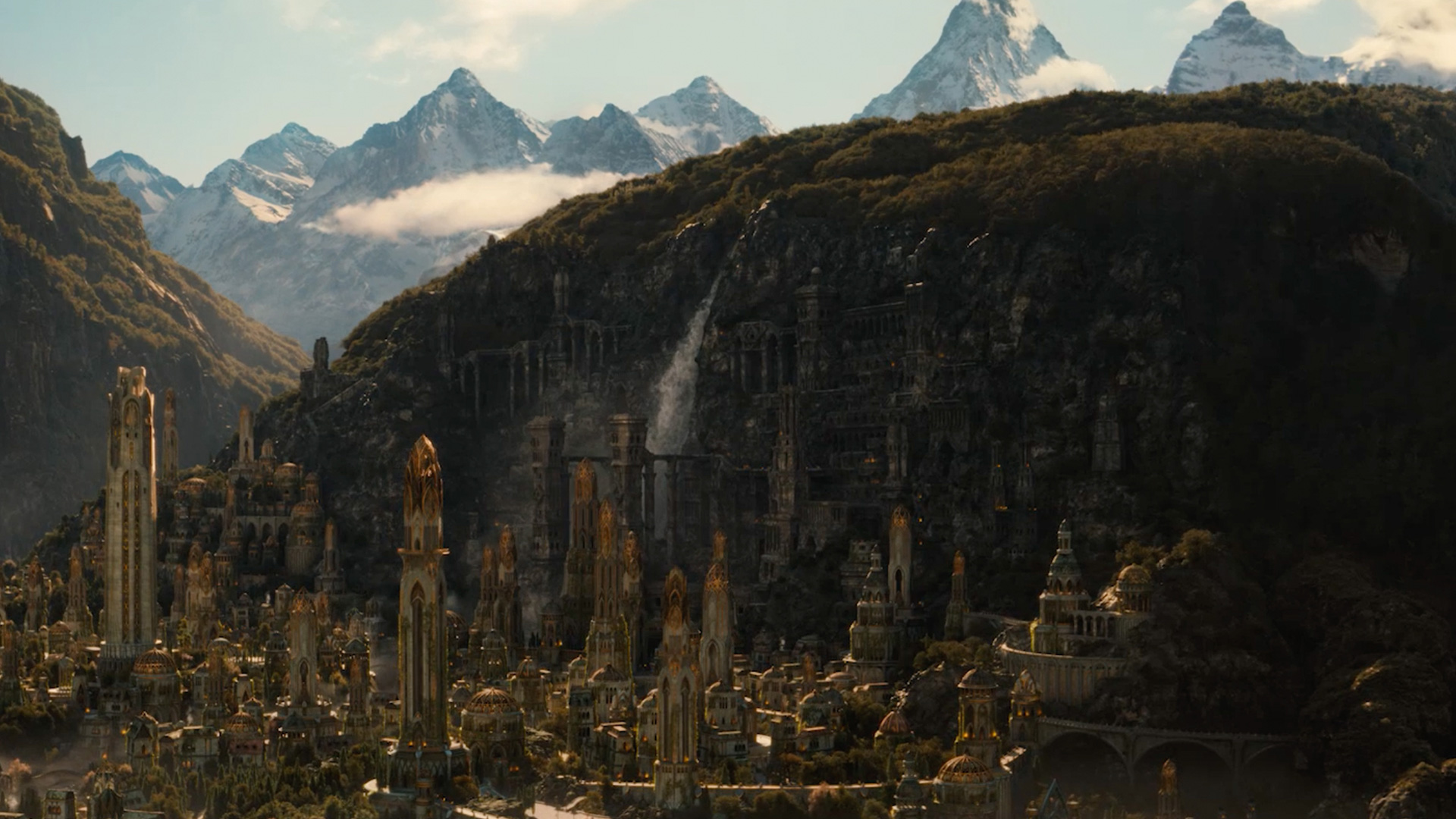
I’m enjoying the scale of the Moria stuff. I’m a real sucker for those big, long shots that traverse through epic environments, and the show seems more stacked with that sort of thing than ever.
I also really loved the stone singer sequence where Dwarf Princess Disa (Sophia Nomvete) goes full Enya at the wall to try to determine a safe mining path. It’s a highlight of these first three eps and emblematic of how the show isn’t afraid to embrace the musical qualities of Tolkien’s stories—an aspect less present in the Jackson films.
Elven High King Gil-galad is played by Broadway veteran Benjamin Walker, and he gets to deploy his pipes effectively in a different singing sequence with equal power. They appear to be using Walker’s recording over the end credits, which is a nice touch.
Over on the Númenórean side of things, the long-living “men” (i.e. humans), conspicuous in their lack of presence in the period covered by Jackson’s films, there is post-war discontent for the Queen Regent (Cynthia Addai-Robinson) among the people fuelled by nobleman Pharazôn (Trystan Gravelle), whose “up to no good” vibes have simmered long enough.
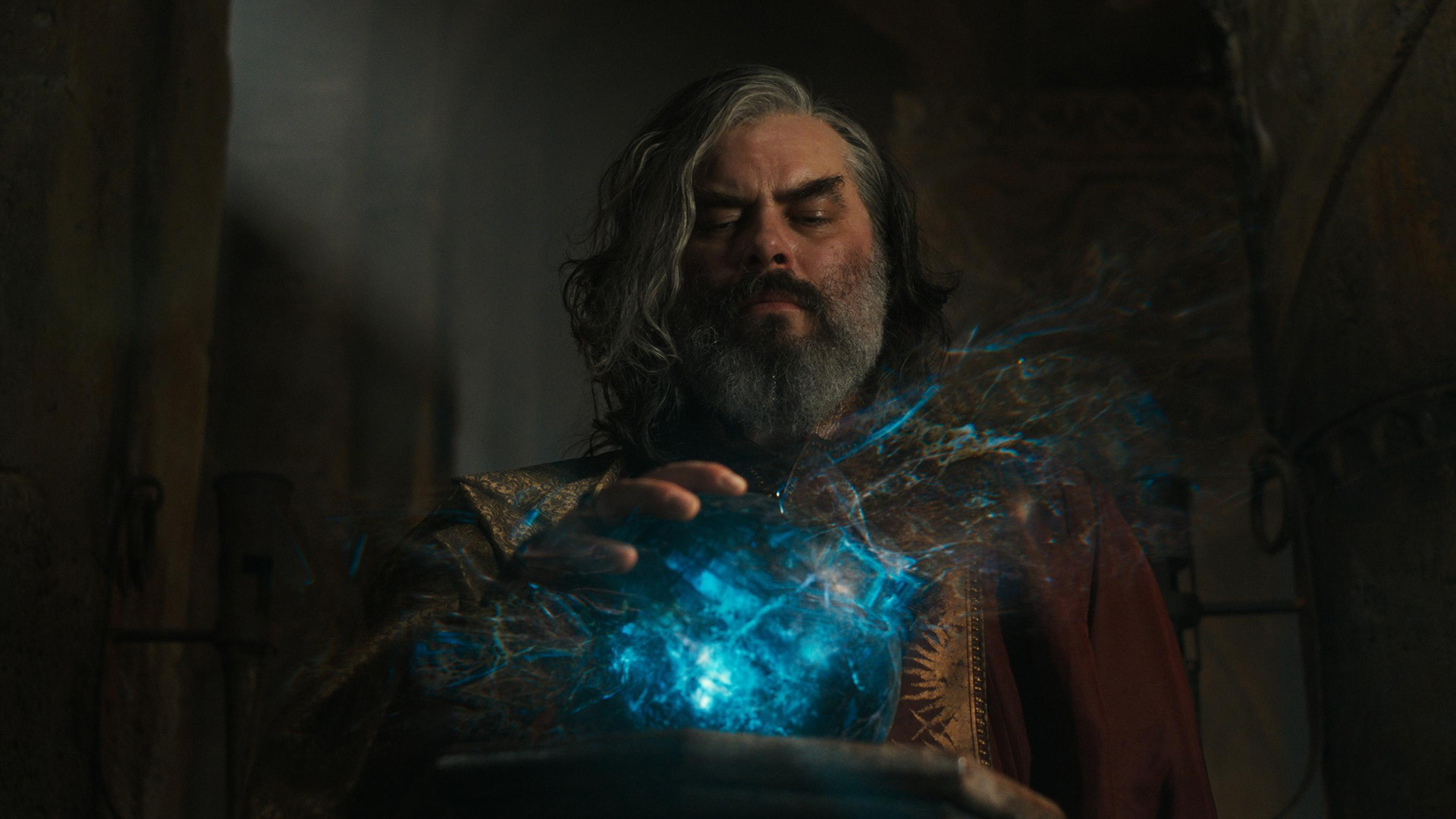
Young Númenórean Isildur (Maxim Baldry), feared dead since the battle at the end of season one, has an encounter with a certain spider, and falls in uneasily with elf Arondir (Ismael Cruz Córdova), his former ally in the Southland war, who is mourning the death of his human sort-of love interest Bronwyn (Nazanin Boniadi) along with Bronwyn’s son Theo (Tyroe Muhafidin).
Towards the end of episode three, they find themselves in a forest skirmish that strongly suggests the arrival of the Ents. Either that, or the smoke monster from Lost.
Episode three also gave us the show’s first troll, down in Mordor, and he had lines!
And Sauron’s hold over Celebrimbor takes even greater hold, with the Elven smith willingly deceiving his brethren in the name of creating more rings.
The scenes with the forge carry a surprising amount of weight, and again the show is benefitting by leaning into more familiar—but still unexplored—aspects of the story.
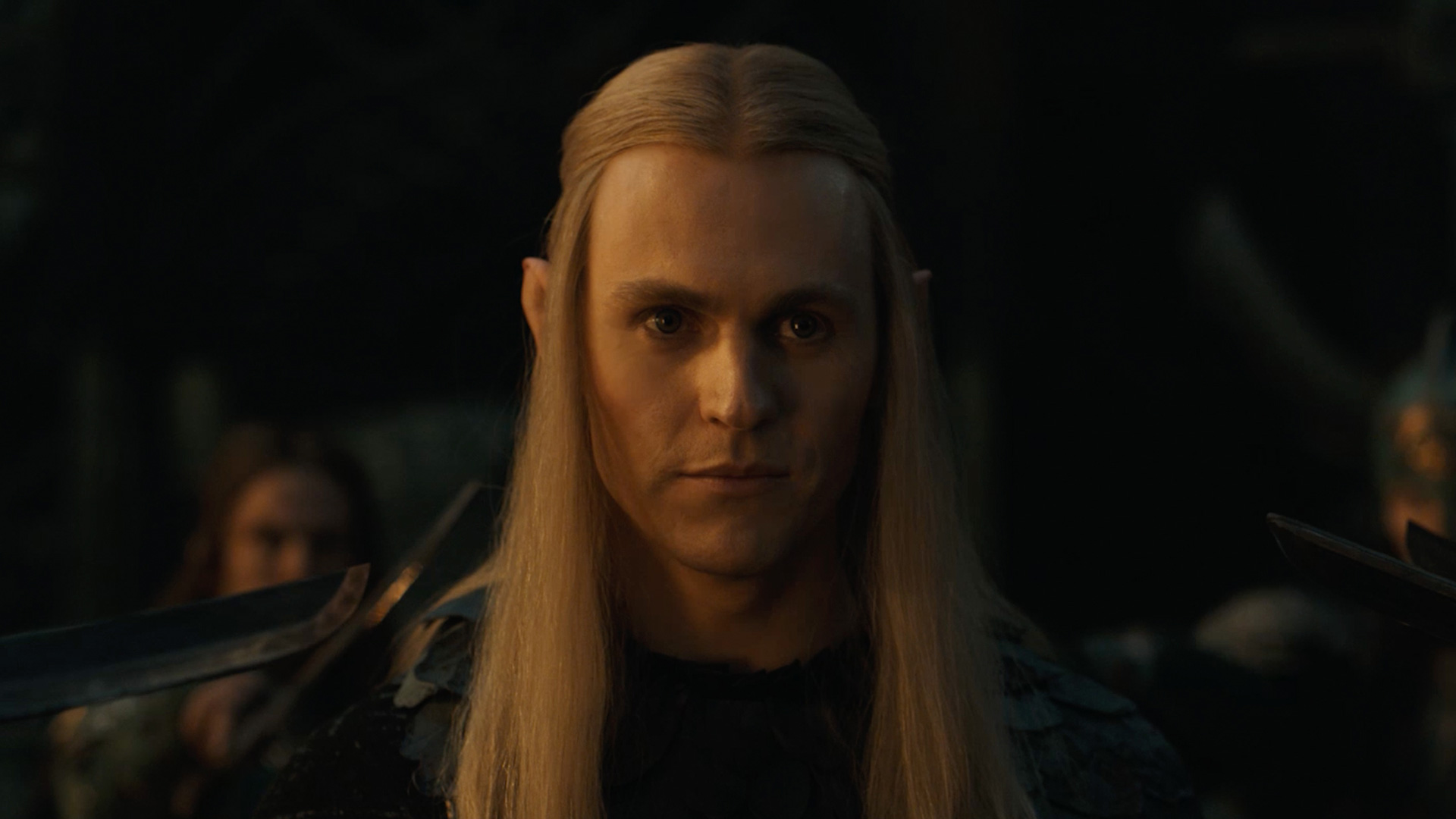
When I interviewed Charles Edwards (Celebrimbor) and Charlie Vickers (Sauron/Annatar) at Comic Con, they both spoke of the intensity of those scenes.
“I think that’s when Sauron ensnares him,” says Edwards. “At the beginning of season two Celebrimbor’s nose is out little of joint because no one’s contacted him about how well the three rings have worked, if at all. He doesn’t know and he’s feeling out of the loop. So when [Sauron, still pretending to be ‘Halbrand’] turns up there’s something in him that wants to see him even though he’s been told not to. There’s something in him that wants to, like a little boy, misbehave.”
Vickers says that Sauron and Celebrimbor spend much of the season together in the forge room, cooking up the show’s titular trinkets.
“We would always chat about how [we worried it was] gonna be really boring because just two guys chatting for most of the show, but it’s really exciting to watch,” Vickers told me. “It’s still high fantasy, but you get this microcosm of this world which is like a psychological thriller, a bit like The West Wing or something like that.”
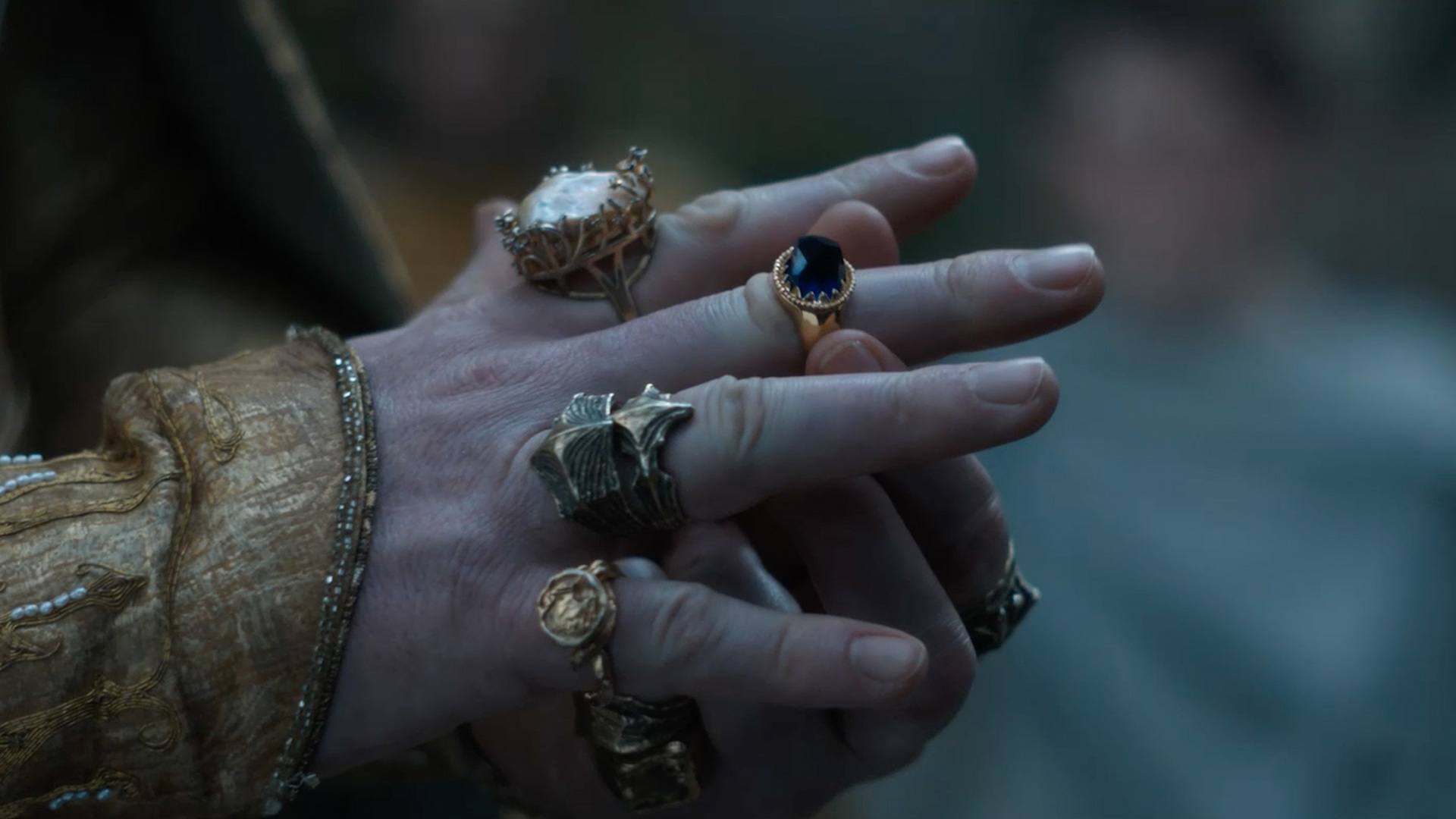
Edwards said he relished the “mind games” between the two characters.
“Amazingly, we shot in sequence, which is unheard of,” Edwards continued. “We had a very focused two months or whatever in this gorge. We both were so excited to be involved in this story, those who know it are dying to see it done, because it’s never been done before.”
With the fact he’s playing Sauron no longer a secret, Vickers said he’s relieved to finally be able to discuss character.
“I’ve had so much shit in my head for like, five years about Sauron,” he said, exhaling. “I’d been going through Tolkien’s letters and going through everything I possibly could to learn about this character and what Tolkien intended for him to be. It’s all been in here [points at head], and so now to finally be able to actually talk about it to people. It’s just like, it’s a really nice feeling.”
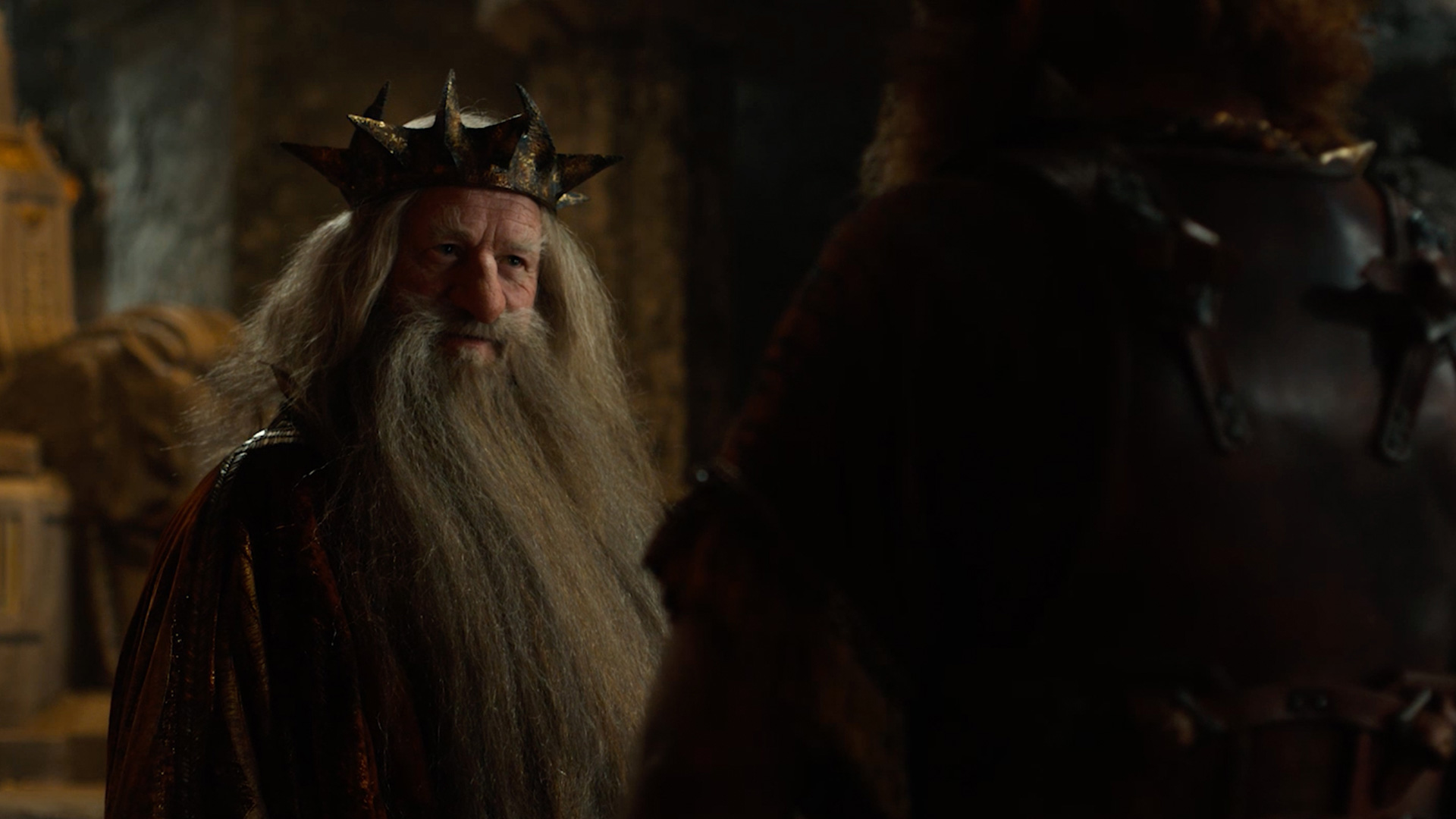
It’s likely imperceptible to any non-New Zealand viewers, but the show has a somewhat more English flavour in season two—more proper English faces and accents filling out the screen, some less than lush environments—and at the risk of being sacrilegious, it feels like a welcome breath of fresh air.
As deferential as the showrunners are about working in New Zealand, they do think that shooting in Tolkien’s home country added something.
“We often say, like, it feels like we got to bring Tolkien home,” J.D. Payne told me. “These are the very forests and fields that were inspiring the imagination of young J.R.R. Tolkien as he lived in England. So there was something really special about that, to be able to shoot in Great Windsor Park and be in that natural landscape.”
“We felt like, in some ways, England kind of seeped into season two, in the different artists we got to work with who were UK based artists. That sort of influence came through in all kinds of different ways, and not better or worse than the Kiwi artists we worked with on season one, just different.”
“Season two is a darker season,” added Payne’s partner in showrunning, Patrick McKay. “It’s dealing with darker themes. Our characters are facing really existential problems. It’s life and death. I think the murk and mystery of the Moors and the landscapes only adds to that.”










